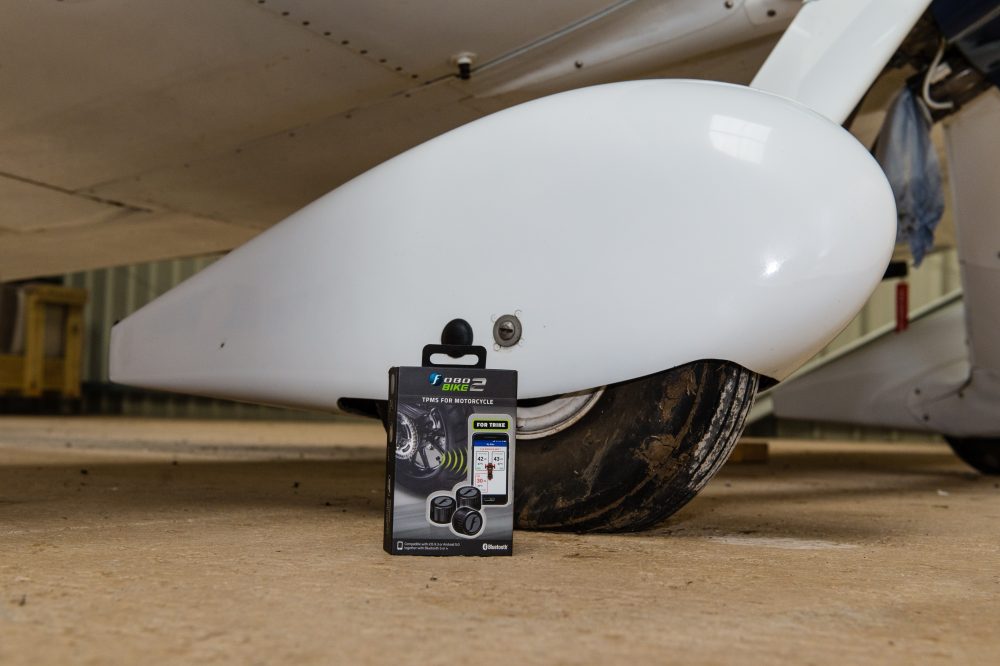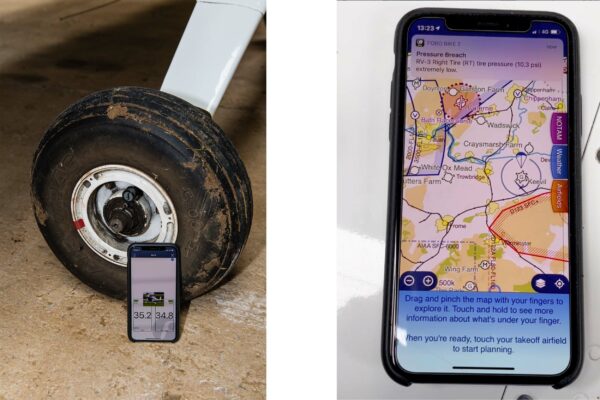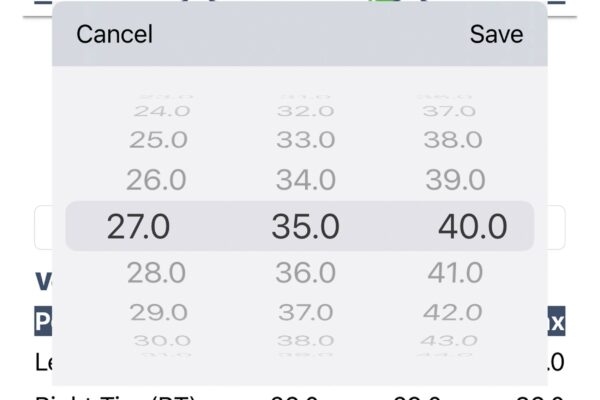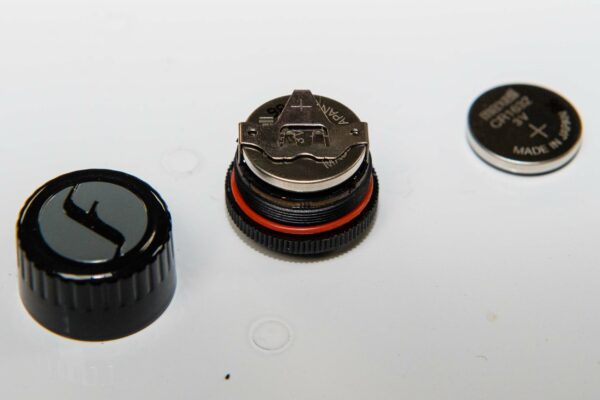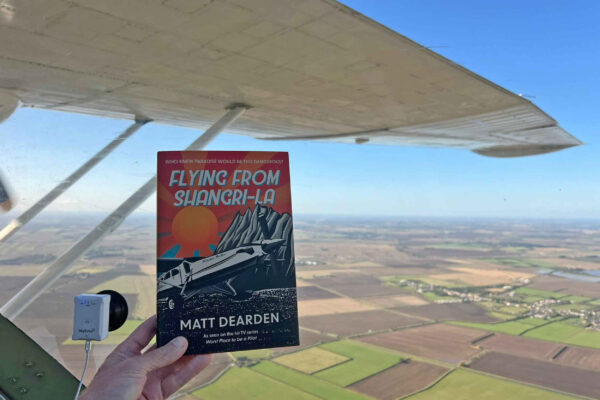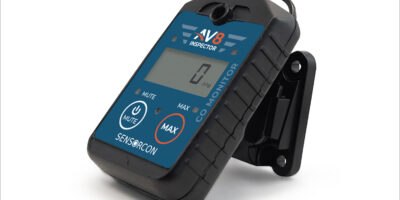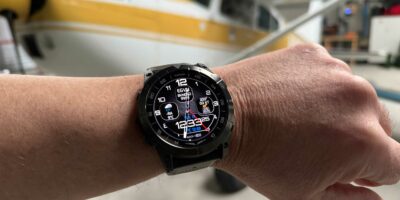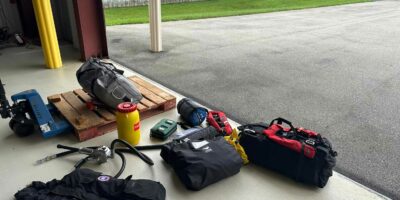Initial thoughts are that it’s interesting to see the difference between the air pressure my foot-pump indicates and what the sensors measure. Granted, it’s a no-thrills unit from Amazon, but I needed to set the tyres to 39psi to get 35 shown on the sensors. There’s no problem taking them on and off to add air to the tyres, by the way, you treat them just like regular caps. On arriving at the aircraft, the app interrogates the sensors and tells me tyre pressure and temperature. Leave the app running and you’ll be able to monitor pressure in real time from the cockpit during flight and if there’s a leak, you’ll get an alert.
And it does work. Loosening a cap very slightly to simulate a leak, the app displayed a pressure update every 30 seconds, and at my assigned minimum pressure setting, I was given a visual and audio alert. I inflated the tyre and tried it again while SkyDemon ran in the foreground, and the alerts still popped up from behind that.
Returning to the aircraft after you’ve been away for a while, and the app reconnects with no prompting. Besides the live monitoring, you can also review graphs of tyre pressure and temperature over time, plus there’s a visual battery level indicator – actual battery life is quoted as up to one year.
Something that had been discussed on the forum thread mentioned earlier was that in replacing the dust cap with the sensor, you’re removing a level of security against tyre deflation should the valve fail. Well the sensor cap is a still a cap nonetheless, so that shouldn’t be an issue.
What does play on my mind is that in keeping the valve open to a degree so that it can live-sense the pressure, is that going to be a problem? Reading the wider user community’s experiences online, that doesn’t seem to be the case. If you know better, please let me know!
Something that’s particular to my setup is, that while the ATPMS will allow me to monitor tyre pressures more accurately, the sensor caps would mean I’d have to take the spats off each time I need to add air – There’s no way my current valve access would work with the bigger caps. That may be no bad thing, as it promotes a more thorough inspection once in a while.
When we first mentioned this system, I was contacted by a FLYER reader and aircraft engineer with an RV-7 that’s been assessing similar systems. He’s settled on a different unit that has an in-cockpit display, and is cleverly self-powering. We’ll likely be taking a look at that in future.
While he too recognises that pressure monitors might not be for everybody, aside from similar access issues for pressure checks, he mentioned that he often operates into narrow and remote strips, and therefore likes knowing in advance (in flight) if a potential tyre problem might have occurred since take-off. If it does, he can divert to somewhere with better facilities for landing and fixing the problem, potentially avoiding getting stuck somewhere, or worse a runway excursion somewhere with little margin for error.
ATPMS aren’t cheap at €99 for the two sensor kit or €149 for the three sensor kit, and obviously they’re not certified either. Yes, as discussed on the forum, simple works. But I can see the benefits of the system as a way to keep an eye on tyres, especially those that live under tightly fitted fairings.
www.aviation-tpms.de


